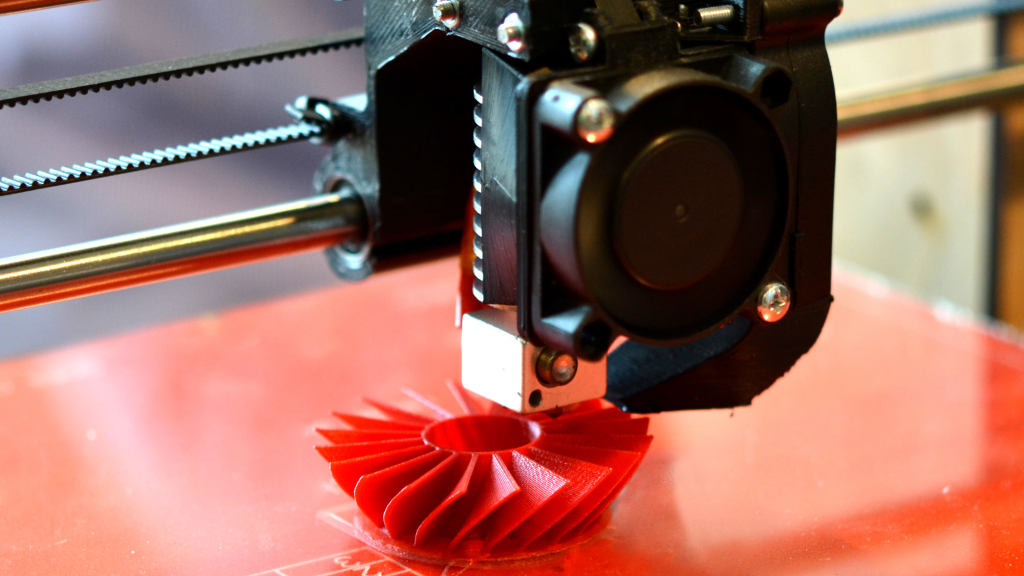3D printing technology is increasingly making headlines, not just for its innovative applications in consumer products, but for its life-changing potential in the medical field. A recent inspiring case at the Bristol 3D Medical Centre in the UK underscores this point. Dave Richards, a cyclist who suffered severe facial injuries from a tragic accident, has become the center’s first patient to receive a custom-made 3D printed face. This landmark event highlights the growing integration of advanced 3D imaging and printing technologies in patient care, showcasing both the technical capabilities and the compassionate application of robotics and digital design in medicine.
Innovative Approach to Medical Care
The Bristol 3D Medical Centre is trailblazing in the UK healthcare landscape, becoming one of the first facilities to combine both 3D imaging and 3D printing technologies under one roof. This innovative approach allows the center not only to produce bespoke prosthetics but also to conduct critical 3D scans that provide detailed insights into patient conditions. For Richards, this meant receiving a custom orbital prosthesis that addresses both functional and aesthetic needs following his accident, where he lost a significant part of his face due to being hit by a drunk driver. Although Richards maintains that his injuries do not greatly affect his daily life, he expressed a desire for greater confidence in his appearance, emphasizing the profound impact of such medical advancements on quality of life.
Advanced Technology Behind the Prosthetics
The prosthetics at the Bristol Medical Centre are manufactured using a high-performance PEEK 3D printer, developed by Mini Factory. This state-of-the-art system includes a heated chamber that can reach temperatures of up to 250°C, which is essential for producing high-quality medical-grade components. This capability is crucial when developing prosthetics that must be both durable and safe for implantation.
Moreover, the uses of 3D printing in this medical context go beyond aesthetics and prosthesis production. Medical professionals at the centre utilize 3D models derived from scans of a patient’s damaged organs, allowing surgeons to plan operations with unparalleled precision. Such models help identify critical areas to avoid during surgery, such as blood vessels and nerves, thereby enhancing the safety and effectiveness of surgical procedures. This application not only improves patient outcomes but also streamlines the surgical process.
Expanding Horizons of 3D Printing
The potential of 3D printing in healthcare is vast, and Richards’ case is just one of many examples illustrating its transformative power. According to a report from Statista, the global 3D printing market in healthcare is anticipated to surpass $4 billion by 2025. This exponential growth is fueled by ongoing technological advancements, increasing demand for customized solutions, and the ability to produce complex medical devices and implants that were previously unimaginable.
As researchers and healthcare providers continue to explore the capabilities of 3D printing, new applications are emerging that could revolutionize patient care. For instance, bio-printing technology is making strides towards fabricating living tissues and organs, a breakthrough that could alleviate transplant shortages and provide solutions for a range of medical conditions.
Community and Market Reactions
The response from the medical community and patients alike has been overwhelmingly positive. Surgeons and medical professionals are excited about integrating 3D technologies into their practices, finding it invaluable for pre-surgical planning and simulation. Patients, on the other hand, are eager to embrace these innovations as they offer hope for improved outcomes and greater personalization in medical treatments.
Richards himself serves as a testament to the positive impact of 3D printing in healthcare. “It’s unbelievable what modern technology can do. I feel more like myself now,” he remarked after receiving his prosthesis. This sentiment is echoed by many patients and medical staff, who recognize the role of advanced technologies in enhancing healthcare delivery.
Conclusion and Future Prospects
As technology continues to advance, the incorporation of 3D printing within healthcare signifies a shift towards more personalized and effective patient care. The journey of Dave Richards showcases not only the possibilities available through such innovation but underscores the essential role of compassion in healing. With ongoing development, the future of 3D printing in medicine looks promising, bringing hope and inspiration to countless individuals facing similar challenges.
Quick Reference Table
| Aspect | Details |
|---|---|
| Patient Name | Dave Richards |
| Facility | Bristol 3D Medical Centre |
| Technology Used | PEEK 3D Printer |
| Prosthesis Type | Custom Orbital Prosthesis |
| Market Growth Projection | $4 billion by 2025 |
| Primary Benefit | Enhanced surgical precision and patient personalization |

